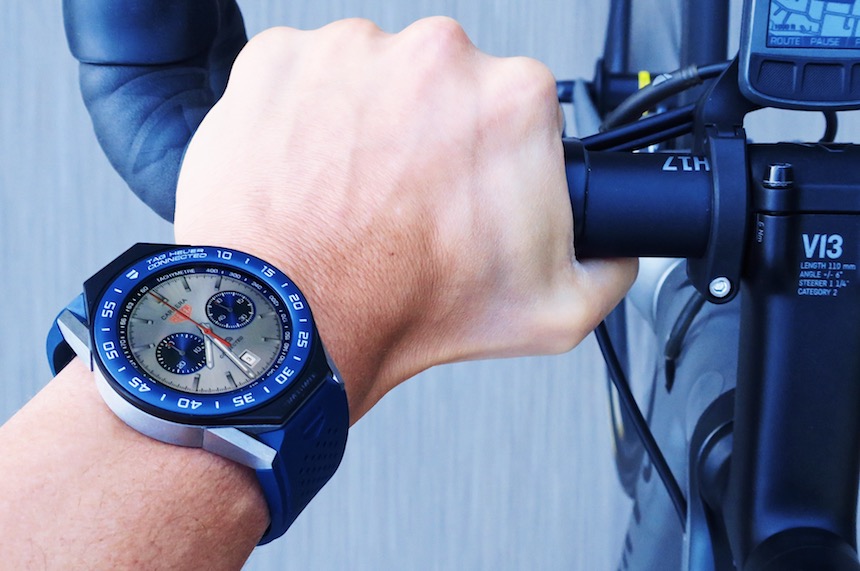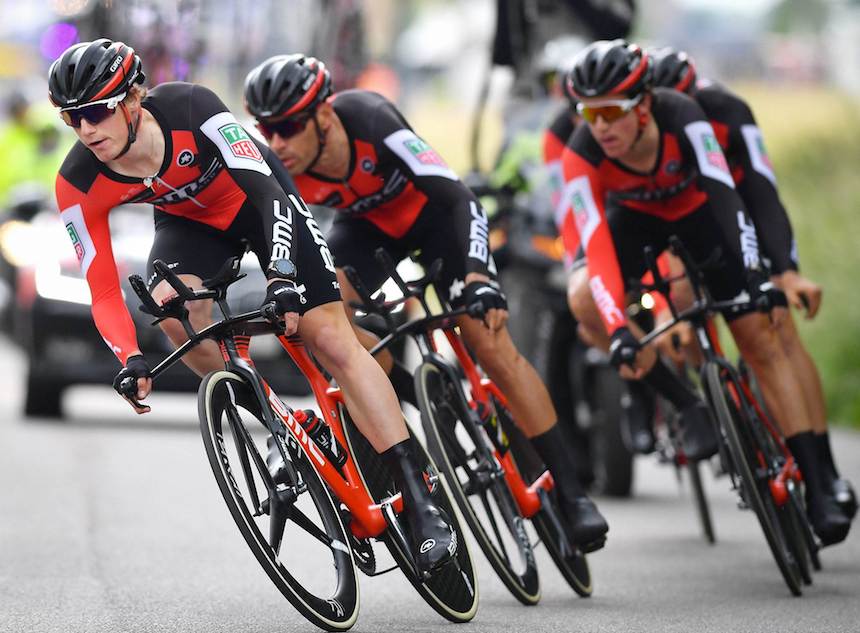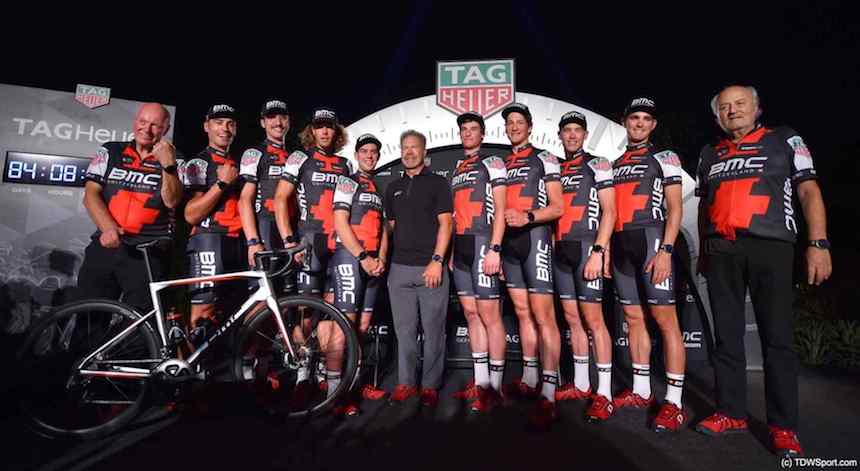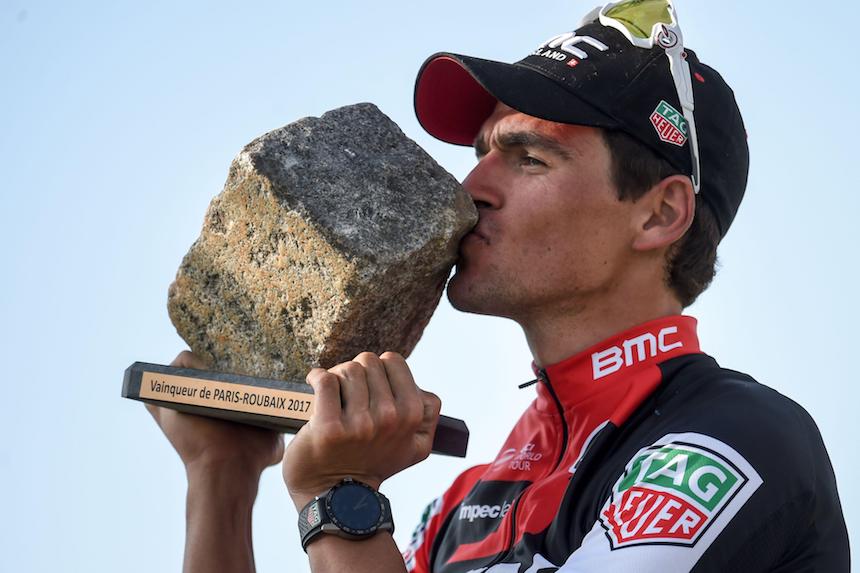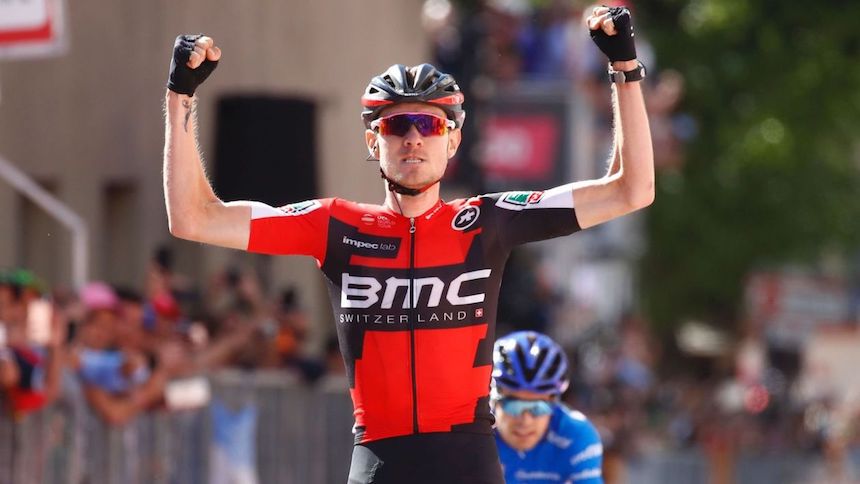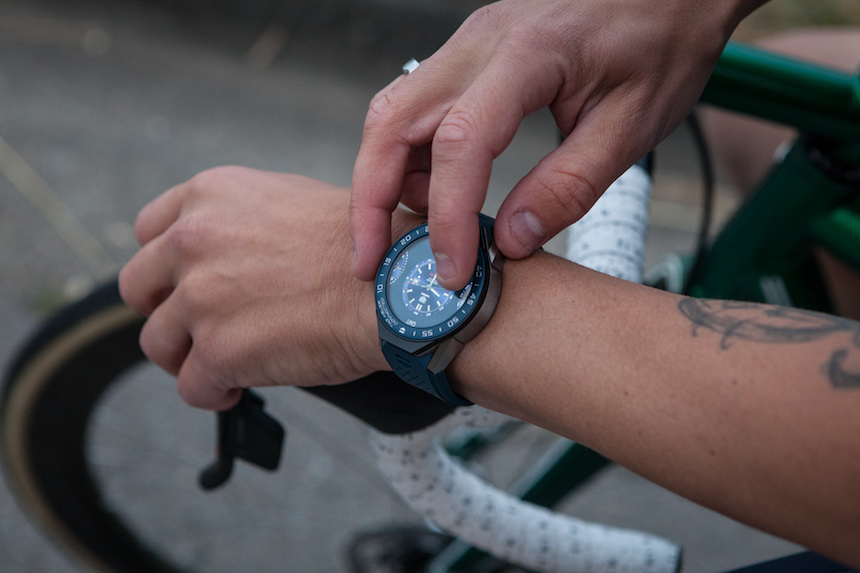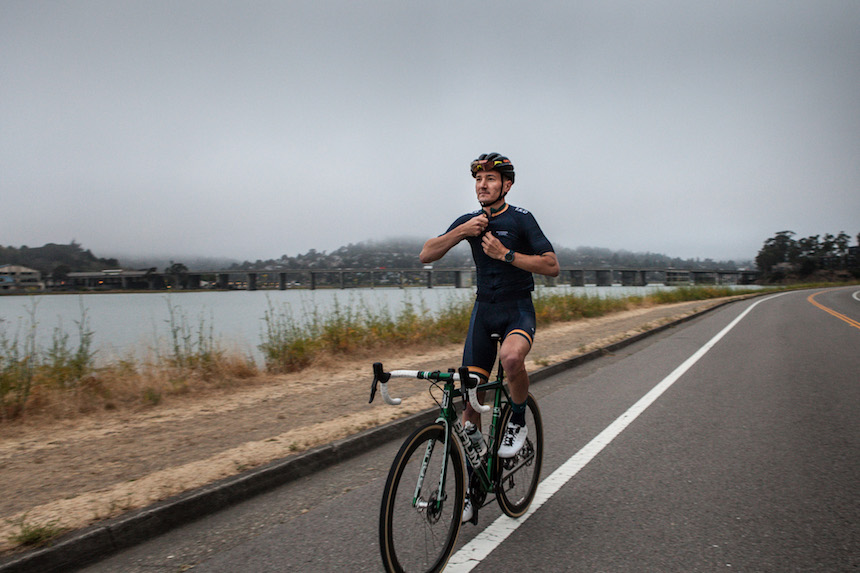It’s 4:15am, and I’m being jolted awake by the TAG Heuer Connected Modular 45 on my wrist, as it buzzes with a surprising degree of urgency. I stumble from bed in the dark, reaching for my bibs and jersey which have been slung over the back of a chair. A few feet away, pre-ground coffee from last night sits patiently in the pour-over filter, awaiting hot water. I’m light years from many of the experiences of a pro cyclist, but this is one we’re able to share: the bleary-eyed start of every day, the prelude to a double-life waged in the pursuit of the privilege to ride among an extreme minority of the sport’s most elite.
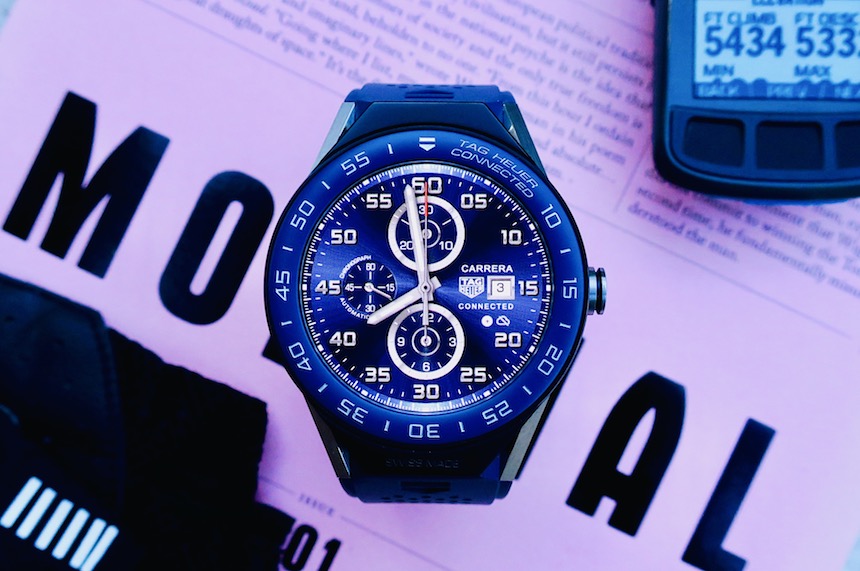
The rude morning wake-up calls, along with the constant pangs of hunger, persistent fatigue, and general malaise are all callsigns of a life in pro cycling that Nate King, brand manager at Above Category (essentially the Les Ambassadeurs of bike shops) once knew. King is casting off for one more light shakedown ride before shipping off to a 2.1 category stage race in Europe, and he’s invited me along.
As the tools by which feats of courage through speed are measured, mechanical watches are a natural partner with the many disciplines of man’s race against the clock. This has been exemplified through the years in the myriad of partnerships found between Swiss luxury watchmakers and Formula One, Moto GP, America’s Cup, and many others. However, the Connected Modular 45 marks TAG Heuer’s return to professional cycling, joining Assos of Switzerland as the third pillar in a trifecta of Swiss brands that have yielded a juggernaut in the pro cycling peloton: the BMC Racing Team.
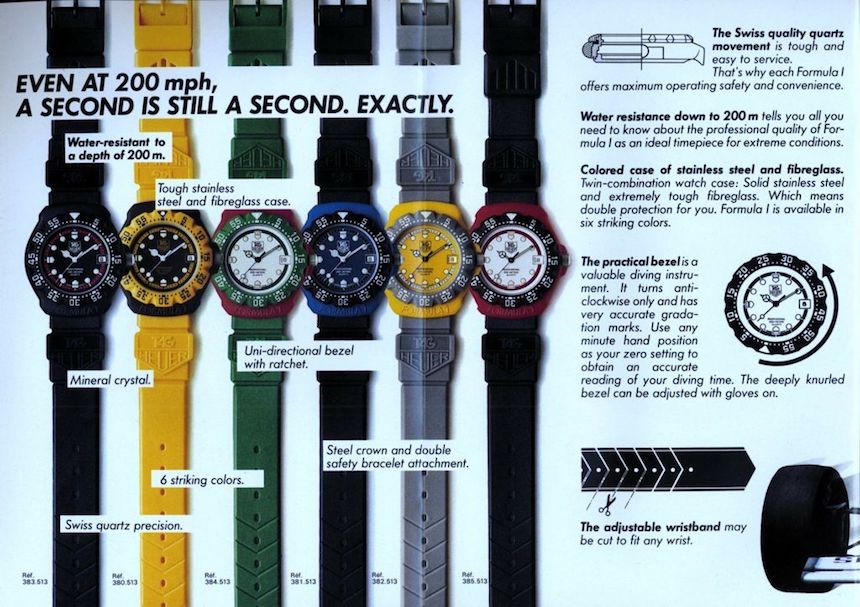
As previously hinted, this is not TAG Heuer’s first foray into professional bike racing. The venerable Swiss brand’s now-iconic red, white, and green chevron graced jersey sleeves in pro cycling over 25 years ago in 1985 with Sean Kelly and the Heuer Skil SEM team. In the five seasons that followed, Heuer sponsored the American 7-Eleven cycling team directed by a young Jim Ochowicz, equipping the team stars like Bob Roll, Davis Phinney, and Andy Hampsten with the colorful, fiberglass-cased Formula 1 watches.
With Ochowicz now at the helm of BMC Racing, and avid cyclist and fan Jean-Claude Biver running the show at TAG Heuer, the timing for a new partnership was opportune. While time will determine the value of the relationship (Swiss newspaper Blick has previously hinted that this is the first step in Biver’s personal goal of TAG becoming the title sponsor of the BMC Team in future seasons), BMC team riders – and by extension, TAG Heuer, have already been a regular on podiums all over Europe and the United States thus far this season, making it highly likely that TAG Heuer will be a fixture in pro cycling for the foreseeable future.
Now, TAG Heuer is far from the first sponsor in modern bike racing – perhaps most notably (and notoriously) Spanish watchmaker Festina was a mainstay in nineties-era pro cycling, even sponsoring its own factory team. However, it was this team who ultimately dragged its many sponsors from grace after the infamous Festina Affair of 1998, wherein nine of its riders and three team officials were arrested by police following the seizure of a staggering wealth of anabolic steroids, erythropoietin (EPO), and other doping products in the team’s possession. Unsurprisingly, Festina has had a long, damaged road to repair since, and thus left the sport in 2001, leaving the door open for other watch brands in professional cycling.
It’s worth mentioning that all this time, Swatch Group brand Tissot has served as bike racing’s “official timekeeper,” but without a specific team to amplify those efforts, the sponsorship has largely been confined to on-course banners, graphics on TV coverage, and various Tour de France-themed Tissot watches gifted to stage winners (not entirely unlike Omega’s partnership with the Olympics).
All things considered, TAG Heuer’s return to sponsoring a professional bike racing team is a marked endorsement not only of the sport as a whole, but one also suggesting that its product is designed to supplement the many technological advantages already available to the BMC Racing Team, while enduring the rigors of the most difficult professional sporting event on the planet: the Tour de France.
Now, it’s naturally unfair to say that the Connected Modular 45 is as essential as grand tour tech like an SRM power meter or the data-greedy PC8 head units fitted to all BMC bikes, but the fact that BMC riders have been racing – and winning – with the Connected on their wrists all season, seems to suggest that the watch is, at the very least, not slowing them down. Which is why I had to have a closer look at any potential advantages or utility that the watch might have to offer me – a Cat 3 road racer light years away from ever going pro, and currently shivering under a thick blanket of fog some four hours earlier than my usual rollout. Even still, I open the Strava app on the Android-powered Connected Modular 45, clip in, and roll off.
As a dedicated smartwatch, the Connected Modular 45 is a far cry from the 3-handed quartz-powered Formula 1 – the last watch TAG Heuer equipped its cycling athletes with. Like any smartwatch, its aim (check out our first hands-on here) is to augment the availability of everyday communications and information in a manner that’s as seamless as possible – there when you need it, gone when you don’t.

